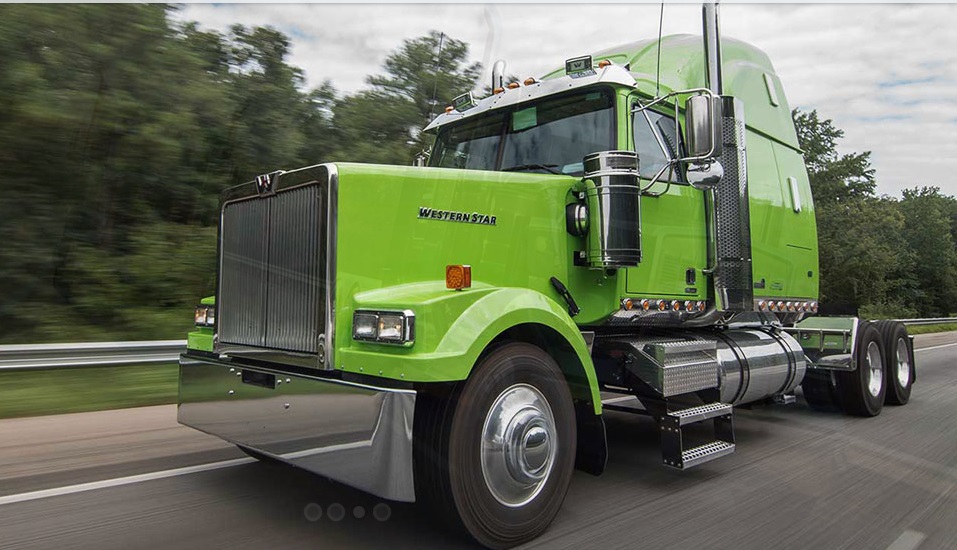The EPA on Tuesday announced finalized rules for tougher truck emissions standards, but environmental groups feel they don't go far enough.
The new standards, which take effect beginning with the 2027 model year, apply to heavy-duty trucks, buses, and vans. This is first update to emissions standards for these mostly diesel-powered vehicles in more than 20 years, the EPA said in a press release, and comes after a failed attempt to draft tighter regulations during the Trump administration.
Implemented alongside federal greenhouse-gas emission standards, these rules target the smog and soot contained in diesel exhaust, which can negatively impact the health of residents of communities exposed to it in high levels.

Western Star semi tractor used to promote Fitzgerald Glider Kits
According to the Environmental Defense Fund, medium- and heavy-duty vehicles represent just 10% of the total number of vehicles on U.S. roads, but they are responsible for the majority of health-harming pollution from the transportation sector, such as nitrogen oxides (NOx).
The EPA claims the new standards are 80% tougher, and estimates that they will remove more than 400,000 tons of pollution from the air by 2045, resulting in up to 2,900 fewer premature deaths, 6,700 fewer hospitalizations and emergency room visits, and 18,000 fewer cases of childhood asthma, among other benefits.
Environmental advocates claim the EPA could have gone further in some areas, however. California has drafted its own truck emissions rules, and they appear to be stricter than the EPA's in at least some areas. While the EPA rules require an 80% reduction in harmful nitrogen dioxide, California requires a 90% cut, The Washington Post noted.

Freightliner eCascadia
The EPA also said it would postpone until next year a decision about whether to grant California's request for a waiver to set its own tougher standards. The state has one of these waivers for passenger cars, but it doesn't apply here. If it's not granted a waiver, California will have to adopt the more lenient federal standards, potentially making pollution in the state—which has many smog-trapping valleys—worse.
Environmental groups have also criticized current federal truck emissions-regulation efforts as not doing enough to emphasize electrification. California has considered entirely banning new diesel semis by 2040, and at least 15 states have gone on record in requesting heavy-duty trucks go all-electric by 2050.











